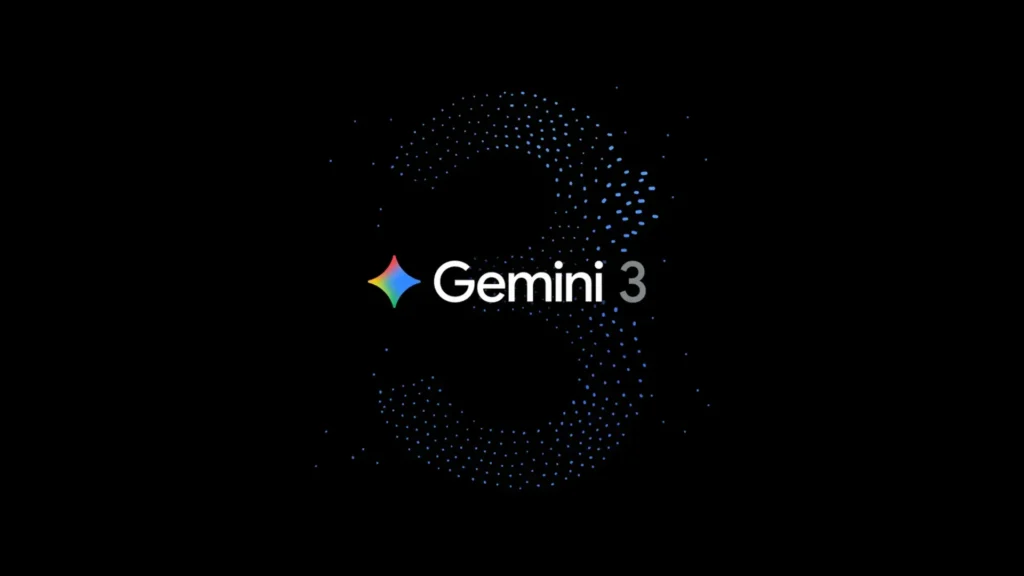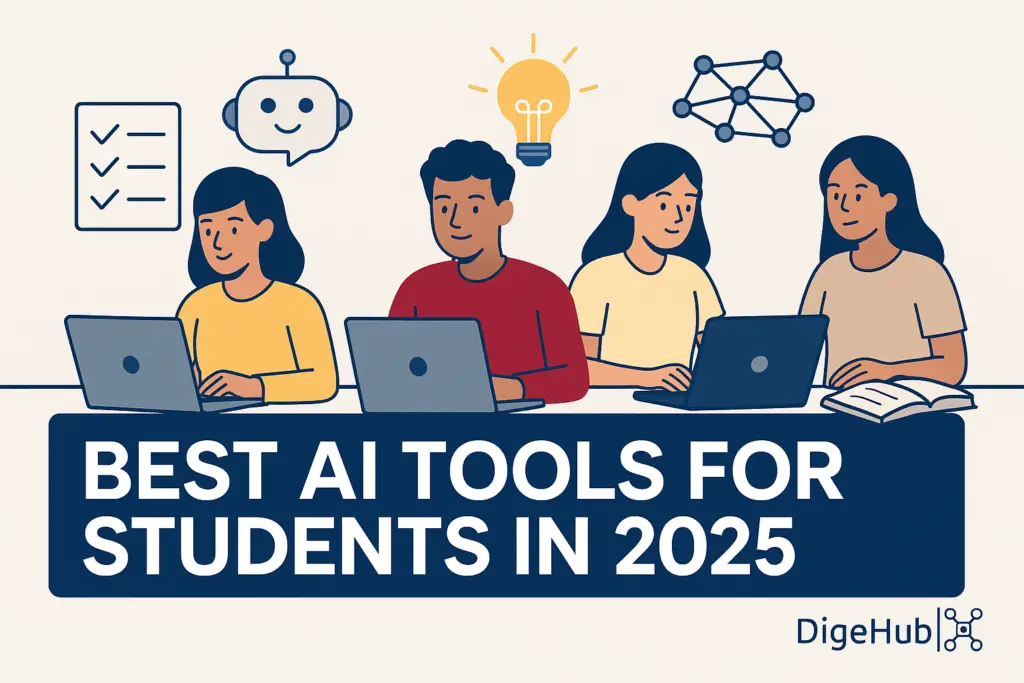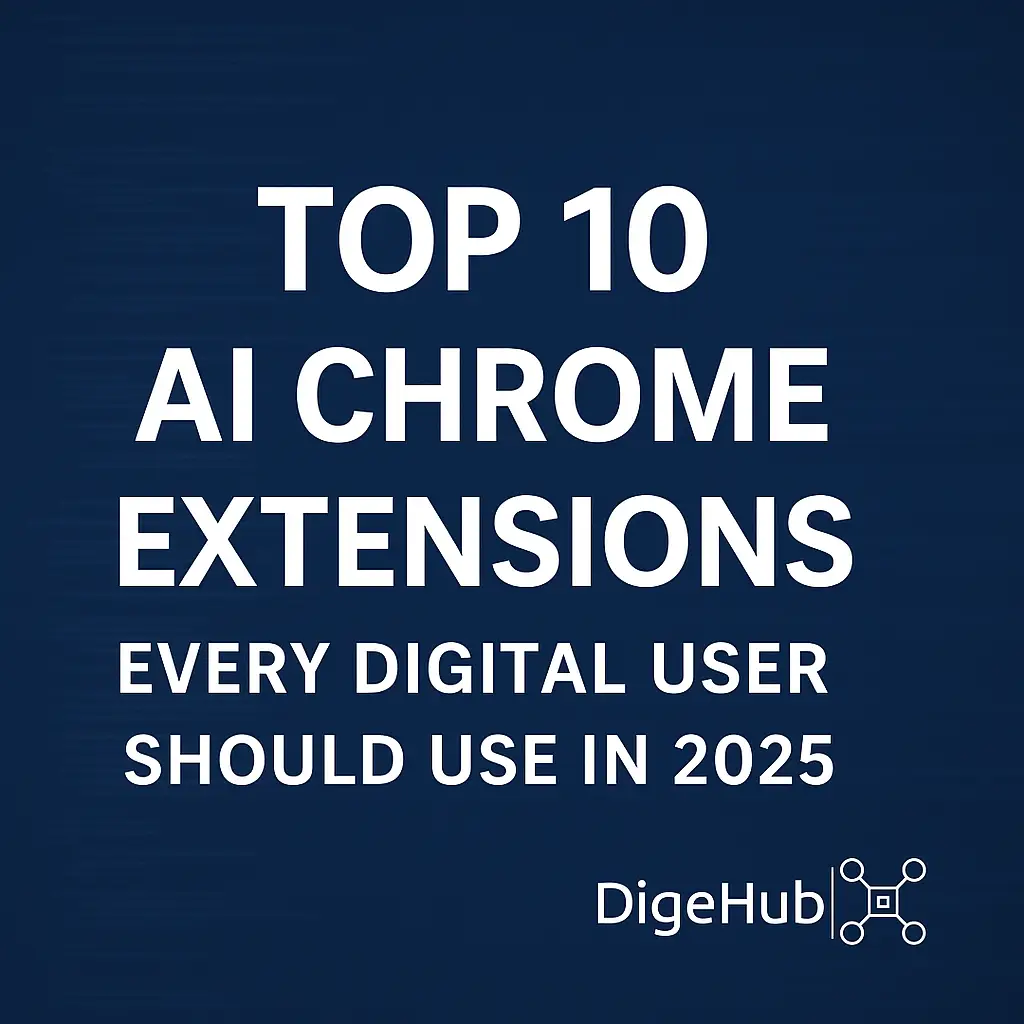17 Facebook Ad Mistakes That Are Wasting Your Money (And How to Fix Them)
Facebook ads remain one of the most powerful ways to market your brand, drive website traffic, and generate leads in 2025. But if you’re not careful, common mistakes can silently drain your ad budget! Whether you’re starting a new Facebook business page, scaling your web page advertising, or running advanced paid ad marketing campaigns, dodging these pitfalls is crucial for success.
In this deep-dive, discover the 17 most expensive Facebook ad mistakes—with actionable fixes to turn wasted ad spend into ads that convert. You’ll also get expert best practices on everything from Facebook lead tests to custom audience targeting, video ads, and campaign optimization.
Why Avoiding Facebook Ad Mistakes Matters
With rising costs per click and aggressive competition, even a small misstep can burn a big hole in your wallet. Making the right adjustments helps you:
- Boost your brand presence and authority.
- Reach the right audience for your business.
- Get more website traffic and leads at lower costs.
- Achieve higher Facebook ad ROI for every dollar spent.
The 17 Most Common Facebook Ad Mistakes (And How to Fix Each Fast!)
1. Targeting Audiences That Are Too Broad or Too Narrow
Misaligned targeting wastes money by showing your ads to people who aren’t interested—or showing it to so few that you get no results at all.
Fix:
Use custom audience in Facebook ads for people who’ve engaged with your page or website, and combine it with lookalike audiences. Balance between specificity and reach to find your sweet spot.
2. Not Leveraging Custom Audiences and Exclusions
Advertising to past customers or leads—again and again—can annoy them and lead to ad fatigue.
Fix:
Always create a custom audience from your email list, website visitors, or engaged followers. Exclude past converters for specific campaigns to avoid wasting budget.
3. Ignoring the Learning Phase
Facebook’s algorithm needs time (48–72 hours) after campaign launch to gather data and optimize.
Fix:
Don’t rush or pause your campaign too soon. Let it exit the learning phase before you make major changes or decisions.
4. Using the Wrong Campaign Objective
Choosing “traffic” when you want sales (or vice versa) leads to poor results.
Fix:
Align your campaign objective with your true goal:
- Conversions for purchases/leads
- Traffic for website visits
- Engagement for boosting posts
Learn more about which campaign objective fits your business goals on [Social Media Examiner].
5. Forgetting About Mobile Optimization
With over 80% of users on mobile, desktop-only ads will limit your reach and lower your results.
Fix:
Always design creative and landing pages with a mobile-first mindset for best results:
- Use vertical or square formats for video/image ads.
- Keep text clear and buttons large for mobile.
6. Weak or Unclear Call-to-Action (CTA)
If your ad doesn’t make it obvious what to do next, people won’t act.
Fix:
Use compelling, action-driven CTAs like “Shop Now,” “Get Offer,” or “Sign Up Free.”
7. Using Low-Quality Creative or Stock Images
Bland images get ignored, and generic stock visuals erode trust.
Fix:
Use the best app for making Facebook ads, or an ad creating app, to craft authentic images and videos. Show your product, your team, or happy customers for real connection.
8. Ad Fatigue: Reusing Winners for Too Long
Audiences get bored of seeing the same ad over and over, leading to declining performance.
Fix:
Rotate creatives every 2–4 weeks. Use the facebook testing tool to A/B test new images, copy, and videos for better engagement.
9. Using Too Much Text or Complicated Messaging
Text-heavy, cluttered ads get lower reach and engagement.
Fix:
Make your messaging short, clear, and visually appealing. Focus on a single message or offer per ad.
10. Sending Traffic to Irrelevant or Poorly Designed Landing Pages
Don’t let your ad set up a promise the landing page doesn’t fulfill.
Fix:
Ensure ad messaging matches your landing page offer. Optimize pages for mobile, fast load times, and clear conversion actions.
11. Not Setting Up Facebook Pixel or Tracking Properly
Without robust tracking, you’re flying blind and making decisions on incomplete data.
Fix:
Do a full facebook pixel conversion tracking setup. Use Pixel Helper, Google Tag Manager, or a dedicated pixel ads manager. Test conversion events regularly.
12. Poor Budget Allocation and Overspending
Dumping too much into an untested campaign wastes money, while underfunding restricts learning.
Fix:
Set sensible daily budgets, use campaign-level budget optimization, and scale up winners only once you see positive results.
13. Not Testing Enough (Or Testing Too Many Things at Once)
Guesswork leads to missing what actually works.
Fix:
Test one variable at a time (ad copy, image, or CTA) to generate learnings. Use Facebook’s split testing tools to compare performance and optimize logically.
14. Ignoring Retargeting Opportunities
Most visitors won’t convert on their first visit, so retargeting is essential.
Fix:
Set up audience network ads to retarget website visitors and engaged users. Retarget with relevant offers or reminders to complete a purchase.
15. Over-Segmenting or Micromanaging Audiences
Overly niche audiences result in small, inefficient campaigns that never scale.
Fix:
Let Facebook’s algorithm work by starting with a broader audience and layering in interests or behaviors. Fine-tune gradually based on data—not assumptions.
16. Failing to Monitor Frequency and Ad Metrics
Ignoring key performance data leads to wasted budget and missed optimization opportunities.
Fix:
Track metrics like frequency, click-through rate, cost per conversion, and return on ad spend. Adjust campaigns proactively to avoid overspending and ad fatigue.
17. Ignoring the Power of Video Ads
Video is the top format for engagement, yet many brands still stick to static image ads.
Fix:
Embrace video ads marketing—use concise, eye-catching videos with captions, attention hooks within the first 3 seconds, and mobile-first design. Implement video ads best practices to maximize ROI.
Pro Tips: Facebook Video Ads Best Practices for 2025
- Capture attention in the first 2-3 seconds with a question, bold statement, or visual transformation.
- Design for sound-off viewing—use captions, animated text, and clear visuals.
- Mobile-first formats (9:16 for Stories/Reels, 4:5 for Feed) get the best reach.
- Highlight your brand and CTA early in the video.
- Test different thumbnails for higher click-through rates.
Want more advanced video marketing tips? Don’t miss our guide on Top Social Media Skills for 2025 and SEO in 2025: How To Rank Without Paid Ads.
What Are the Biggest Facebook Ad Mistakes?
The most common Facebook ad mistakes include incorrect audience targeting, poor creative, using the wrong campaign objective, insufficient tracking, and ignoring mobile optimization. Fixing these quickly ensures your Facebook ad budget is spent effectively.
Bonus: Facebook Ad Mistakes Checklist
- Are your audiences the right size and relevant?
- Is your Facebook Pixel fully set up and tested?
- Does every ad have a clear CTA?
- Are you testing new creative at least monthly?
- Is each campaign objective aligned with your real goal?
- Have you retargeted past visitors and leads?
- Are you analyzing metrics weekly and optimizing?
- Is your ad copy short, compelling, and mobile-optimized?
- Are you leveraging video ads?
Ready to boost your brand with ads that convert?
Get help for your Facebook ads, unlock web page advertising success, and explore the best ways to advertise on Facebook with Digehub. From step-by-step Facebook ad setup to cutting-edge digital marketing strategies, we’ve got you covered—let’s make your ad budget work smarter, not harder.
Explore our expert blogs:
Resources
- Facebook Official Meta Business Guide
- HubSpot’s Complete Guide to Facebook Ads
- Neil Patel: Reasons Your Facebook Ads Don’t Convert
FAQ: Facebook Advertising in 2025
Q1: What’s the best way to use Facebook video ads for local marketing?
Use short, targeted videos with subtitles, highlight your location or local offers, and include a map or “Get Directions”—then retarget local engagers for best ROI.
Q2: What is the average cost per click for Facebook and LinkedIn ads?
Facebook ad costs vary widely, but average cost per click (CPC) in 2025 is estimated at $0.97–$1.72, while LinkedIn CPC ranges from $5 to $8 depending on targeting and industry.
Q3: Why is custom audience targeting in Facebook ads important?
Custom audiences allow you to show ads to users who have already interacted with your business, resulting in higher engagement and lower acquisition costs. Lookalike audiences further expand reach to similar high-value prospects.
Q4: What’s the biggest mistake beginners make with Facebook ads?
Beginners often target too broadly, use boosted posts instead of conversion campaigns, and neglect tracking—leading to wasted spend and low results. Start small, test, and optimize.
Q5: How often should I change my Facebook ads?
Refresh ad creatives and copy every 2–4 weeks to prevent ad fatigue, keep audiences engaged, and optimize for best performance.
Ready to take your Facebook advertising to the next level? Connect with Digehub for expert guidance and resources on all things digital marketing and Facebook ad optimization!


